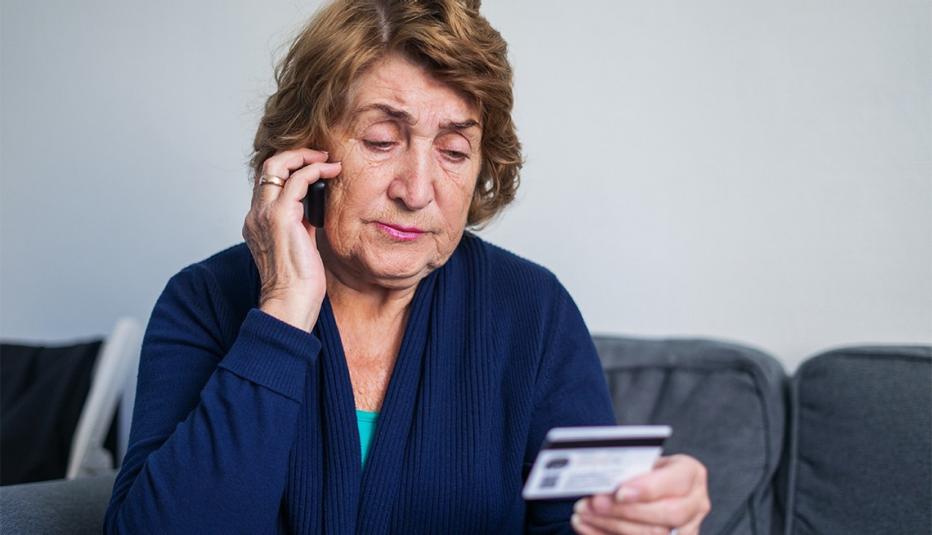AARP Hearing Center
Gift cards used as payment scams have cost U.S. consumers $245 million since 2018, according to the Federal Trade Commission. To gauge awareness and incidence of gift card payment scams, AARP surveyed 1,000 U.S. adults. The survey found that one in 10 who were asked to purchase a gift card to pay a bill or make some other payment actually did so.


First, the scammer tells the consumer they owe money for bills, taxes, or some other phony obligation. Next, the scammer instructs the consumer to buy a gift card, sometimes referred to as an “electronic voucher.” The scammer then asks for the information on the back of the card, which enables them to collect the card's prepaid value, leaving the defrauded consumer holding useless plastic.
Gift cards cannot be used to make payments of any kind, but unwary consumers, focused on the need to make a payment, may follow through with purchasing a card.
For information and resources from the AARP Fraud Watch Network on how gift cards are used in scams, visit www.aarp.org/giftcards.
Methodology
AARP commissioned the AmeriSpeak® Omnibus to survey 1,000 U.S. adults age 18 and older. The survey was fielded and administered February 12 and 13, 2021.
For information about the survey, please contact Jennifer Sauer at jsauer@aarp.org or Kathy Stokes at kstokes@aarp.org. For media inquiries, please contact Emily James at ejames@aarp.org.































.jpg?crop=true&anchor=13,195&q=80&color=ffffffff&u=lywnjt&w=2008&h=1154)































